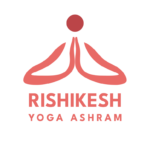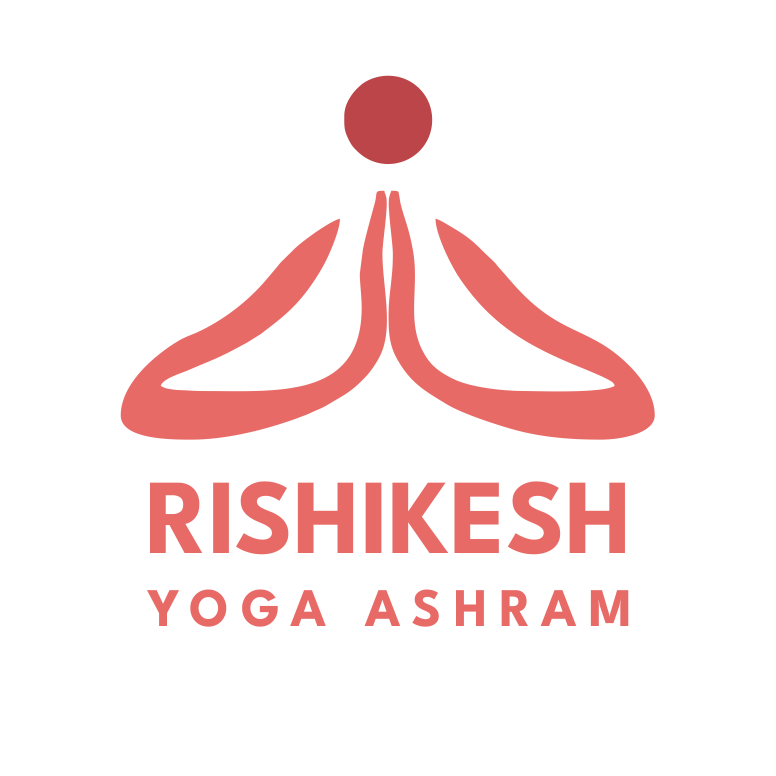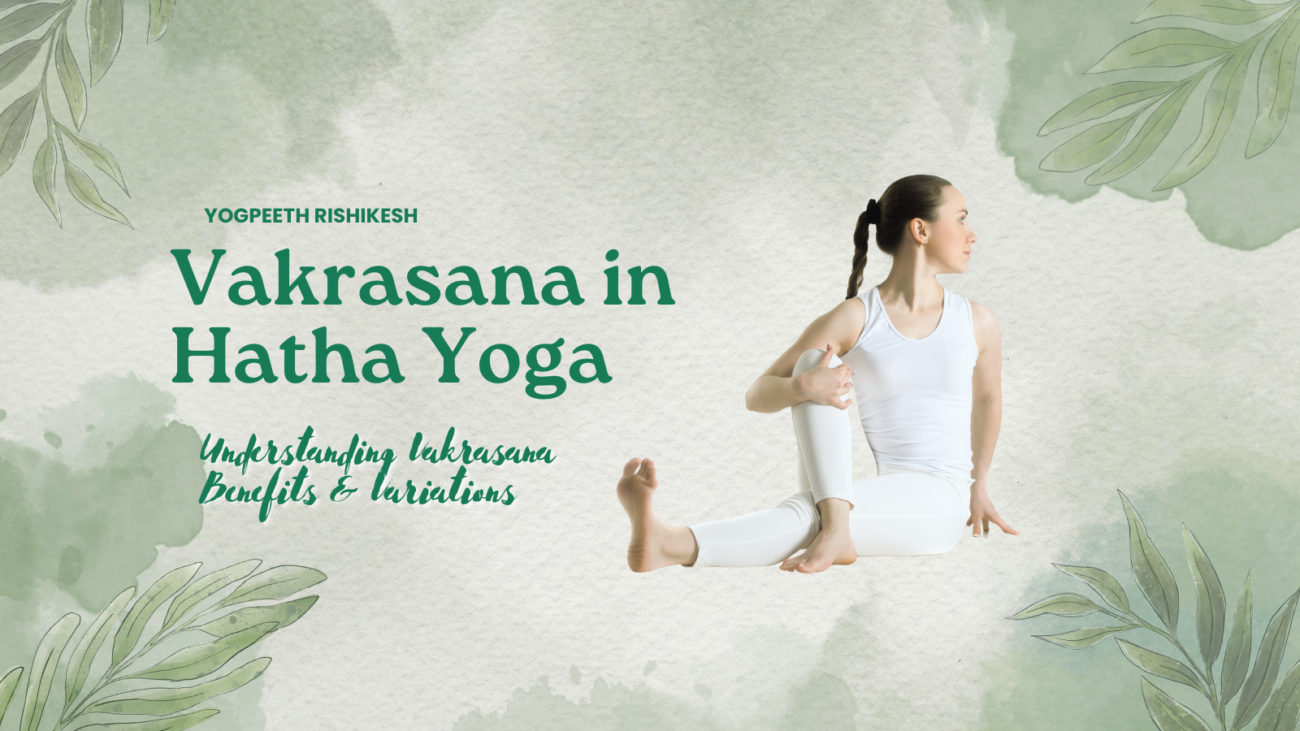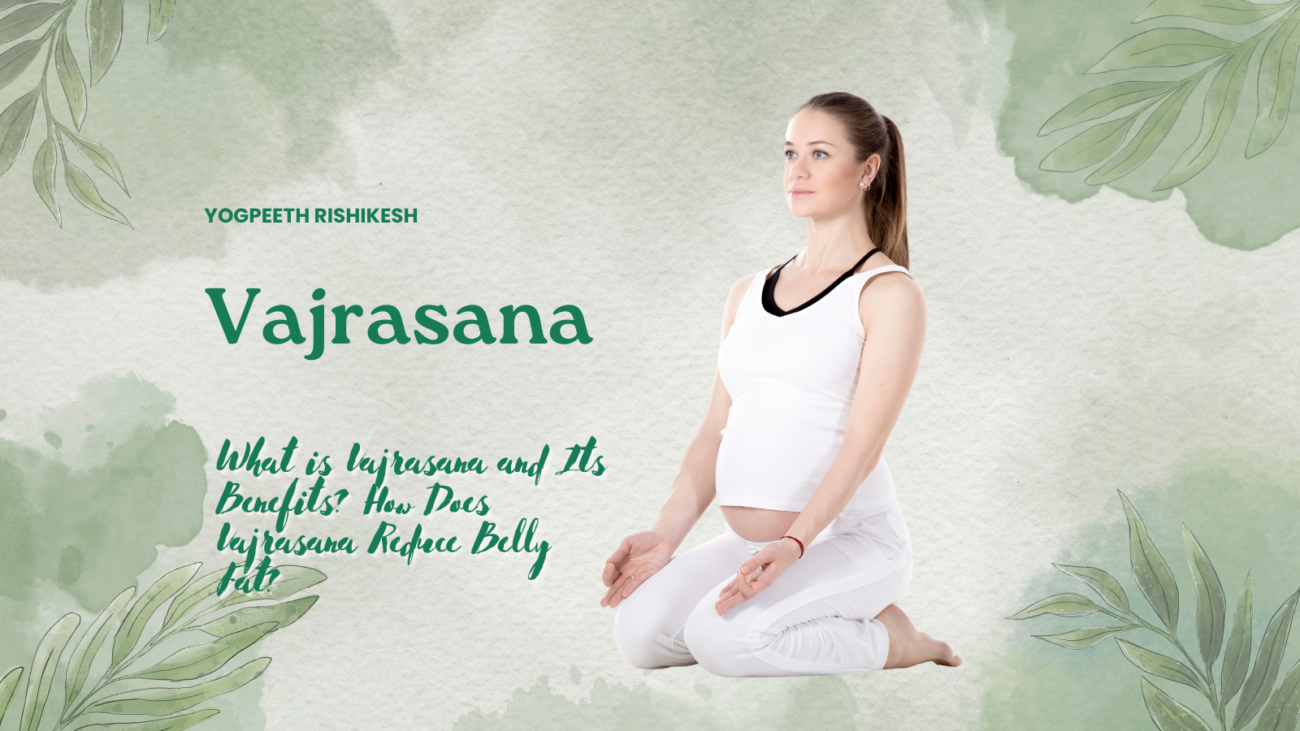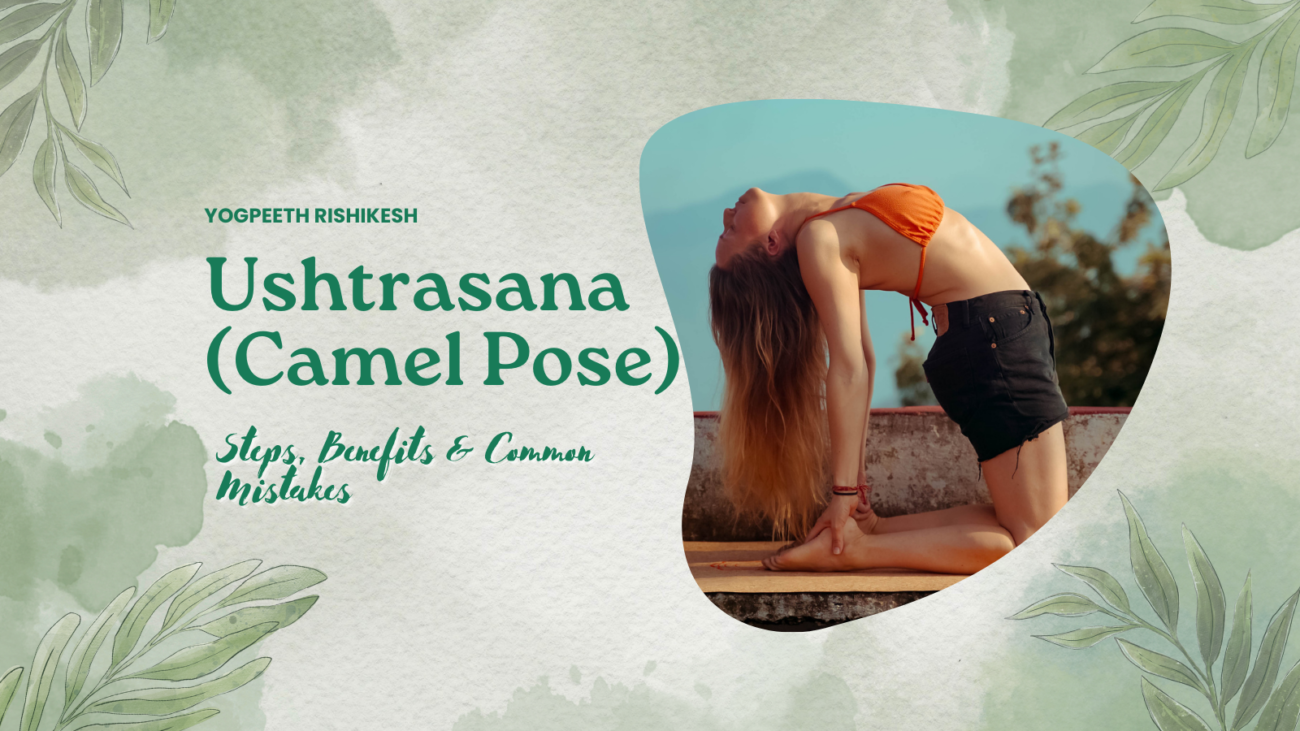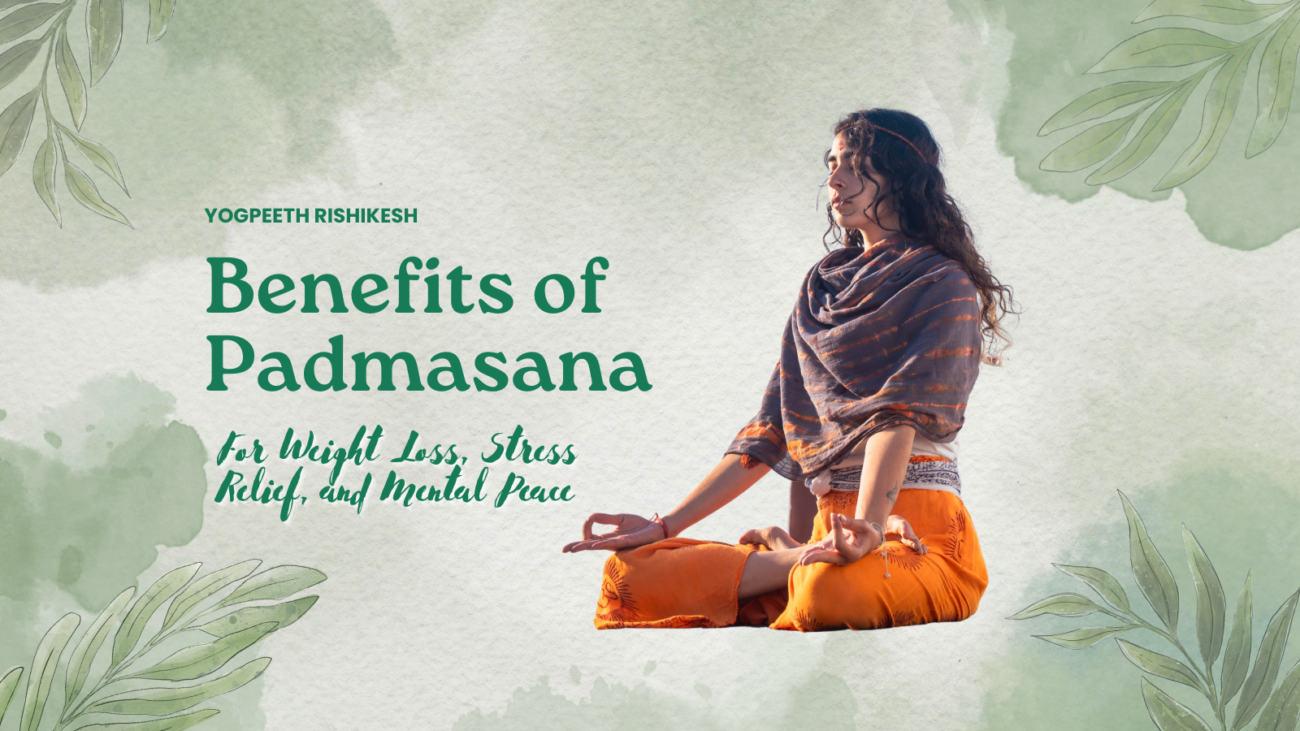Padmasana, commonly known as the Lotus Pose, is a fundamental sitting posture in yoga and meditation practices. This ancient asana, revered for its profound impact on both the body and mind, has been a cornerstone of spiritual and physical wellness for centuries. In this comprehensive guide, we’ll explore the myriad benefits of Padmasana, from its physical advantages to its mental and spiritual impacts, and provide you with expert insights on how to incorporate this powerful pose into your daily routine.
Quick Benefits Overview
Before we dive deep into the world of Padmasana, here’s a quick snapshot of its key benefits:
- Improves posture and spinal alignment
- Enhances flexibility in hips, knees, and ankles
- Promotes mental calmness and reduces stress
- Stimulates the root (Muladhara) chakra
- Aids in digestion and alleviates menstrual discomfort
- Boosts concentration and meditation practice
- Strengthens the pelvic floor muscles
Now, let’s explore these benefits in detail and uncover why the Lotus Pose is considered a noble and transformative practice in yoga.
The Physical Benefits of Padmasana
1. Improved Posture and Spinal Alignment
One of the most significant physical benefits of practicing Padmasana regularly is the improvement in posture and spinal alignment. When performed correctly, the Lotus Pose encourages a straight spine, which can help alleviate back pain and prevent future spinal issues.
How it works:
- The crossed-leg position creates a stable base for the spine
- The upright torso encourages proper alignment of the vertebrae
- Regular practice strengthens the back muscles, supporting better posture throughout the day
2. Enhanced Flexibility in Lower Body Joints
Padmasana is an excellent pose for increasing flexibility in the hips, knees, and ankles. This increased flexibility can lead to improved mobility and reduced risk of injury in daily activities.
Key areas of flexibility improvement:
- Hip joints: The external rotation required in Padmasana helps loosen tight hip flexors
- Knees: The pose gently stretches the ligaments and tendons around the knee joint
- Ankles: The crossed-leg position promotes flexibility in the ankle joints
3. Strengthened Core and Pelvic Floor Muscles
While it may not be immediately apparent, maintaining the Lotus Pose engages and strengthens both the core and pelvic floor muscles.
Benefits of strengthened core and pelvic floor:
- Improved stability and balance
- Enhanced bladder control
- Better sexual function
- Reduced risk of lower back pain
4. Improved Circulation in the Lower Body
The unique positioning of the legs in Padmasana can help improve blood circulation in the lower body, particularly in the pelvis and legs.
Circulatory benefits:
- Reduced swelling in the feet and ankles
- Decreased risk of varicose veins
- Improved overall cardiovascular health
5. Digestive System Support
Sitting in Padmasana can have positive effects on the digestive system by gently massaging the abdominal organs and promoting better digestion.
Digestive benefits:
- Stimulation of the digestive organs
- Potential relief from constipation
- Improved nutrient absorption
Mental and Emotional Benefits of Padmasana
1. Stress Reduction and Relaxation
One of the most celebrated benefits of Padmasana is its ability to induce a state of calm and relaxation. The pose naturally encourages deep, steady breathing, which activates the parasympathetic nervous system – our body’s “rest and digest” mode.
How Padmasana reduces stress:
- Promotes slow, deep breathing
- Encourages mindfulness and present-moment awareness
- Creates a physical foundation for meditation practices
2. Enhanced Concentration and Focus
Regular practice of Padmasana can significantly improve your ability to concentrate and maintain focus. The stable, grounded position of the body in this pose helps to calm the mind and reduce distractions.
Concentration benefits:
- Improved ability to focus on tasks
- Enhanced memory retention
- Greater mental clarity and reduced mental chatter
3. Emotional Balance and Mood Improvement
Practicing Padmasana can have a positive impact on your emotional well-being. The combination of physical posture, breath control, and mental focus can help regulate emotions and improve overall mood.
Emotional benefits:
- Reduced symptoms of anxiety and depression
- Increased emotional resilience
- Greater sense of inner peace and contentment
4. Improved Sleep Quality
While not directly related to sleep, the relaxation and stress-reduction benefits of Padmasana can contribute to improved sleep quality when practiced regularly.
Sleep-related benefits:
- Easier time falling asleep
- Reduced nighttime awakenings
- More restful and rejuvenating sleep
Spiritual Benefits and Chakra Activation
1. Root Chakra (Muladhara) Activation
In yogic philosophy, Padmasana is closely associated with the activation and balancing of the root chakra, or Muladhara. This energy center is located at the base of the spine and is responsible for our sense of security, stability, and connection to the earth.
Effects of root chakra activation:
- Increased feelings of groundedness and stability
- Enhanced sense of safety and security
- Improved connection with one’s physical body
2. Enhanced Meditation Practice
Padmasana is often considered the ideal posture for meditation due to its stability and the alignment it provides for the spine and energy channels.
Benefits for meditation:
- Stable and comfortable seated position for extended periods
- Alignment of the spine facilitates the flow of energy
- Reduced physical distractions allow for deeper focus
3. Spiritual Growth and Self-Awareness
Regular practice of Padmasana, especially when combined with meditation or pranayama (breath control), can foster spiritual growth and increased self-awareness.
Spiritual benefits:
- Deepened connection to one’s inner self
- Increased awareness of subtle energies in the body
- Potential for transcendent or enlightening experiences
How to Perform Padmasana: Step-by-Step Guide
To reap the full benefits of Padmasana, it’s crucial to practice the pose correctly. Here’s a step-by-step guide to help you achieve the perfect Lotus Pose:
- Start in a seated position: Begin by sitting on the floor with your legs extended in front of you.
- Bend your right knee: Slowly bend your right knee and bring your right foot towards your left hip.
- Position your right foot: Place your right foot on top of your left thigh, as close to the hip crease as possible.
- Bend your left knee: Now, bend your left knee and bring your left foot towards your right hip.
- Position your left foot: Place your left foot on top of your right thigh, mirroring the position of your right foot.
- Adjust your posture: Sit up straight, lengthening your spine. Your knees should be resting on the floor.
- Place your hands: Rest your hands on your knees, palms facing up or down, or bring them into a mudra of your choice.
- Relax and breathe: Close your eyes, relax your face and shoulders, and begin to breathe deeply and steadily.
Important note: If you find the full Lotus Pose challenging or uncomfortable, start with Half Lotus (Ardha Padmasana) or Easy Pose (Sukhasana) and gradually work your way up to full Padmasana.
Variations of Padmasana
1. Ardha Padmasana (Half Lotus Pose)
This variation is an excellent starting point for those working towards full Padmasana.
How to perform:
- Follow steps 1-3 of the full Padmasana instructions
- Instead of bringing the left foot up, keep it tucked under the right thigh
2. Baddha Padmasana (Bound Lotus Pose)
This advanced variation adds an upper body component to the traditional Lotus Pose.
How to perform:
- Start in full Padmasana
- Reach your arms behind your back
- Grasp your toes or the opposite foot with each hand
3. Padma Mayurasana (Lotus Peacock Pose)
This challenging variation combines Padmasana with an arm balance.
How to perform:
- Start in Padmasana
- Place your hands on the floor beside your hips
- Lean forward and lift your body off the ground, balancing on your hands
Padmasana Precautions and Padmasana Contraindications
While Padmasana offers numerous benefits, it’s not suitable for everyone. Here are some precautions and contraindications to keep in mind:
Who should avoid Padmasana:
- People with knee injuries or chronic knee pain
- Those with recent or chronic ankle injuries
- Individuals with hip problems or recent hip surgery
- Pregnant women, especially in the later stages of pregnancy
- People with sciatica or piriformis syndrome
General precautions:
- Always warm up before attempting Padmasana
- Listen to your body and never force yourself into the pose
- If you experience pain, come out of the pose immediately
- Practice under the guidance of a qualified yoga instructor, especially when starting out
Comparison with Other Meditation Poses
While Padmasana is often considered the ideal meditation pose, there are other options that may be more suitable depending on your flexibility and comfort level.
✔ Helps in longer meditation sessions
✔ Encourages deep breathing and mindfulness
✔ Balances the nervous system, reducing stress and anxiety
Padmasana vs. Siddhasana (Accomplished Pose)
| Aspect |
Padmasana |
Siddhasana |
| Difficulty |
More challenging |
Generally easier |
| Hip Flexibility Required |
High |
Moderate |
| Knee Stress |
Higher |
Lower |
| Energy Flow |
Believed to be optimal |
Very good |
| Stability |
Excellent |
Very good |
Padmasana vs. Sukhasana (Easy Pose)
| Aspect |
Padmasana |
Sukhasana |
| Difficulty |
More challenging |
Easy |
| Hip Flexibility Required |
High |
Low |
| Knee Stress |
Higher |
Minimal |
| Energy Flow |
Believed to be optimal |
Good |
| Stability |
Excellent |
Good |
Frequently Asked Questions
1. Which disease is cured by Padmasana?
While Padmasana is not a cure for any specific disease, regular practice can help alleviate symptoms and support overall health in various conditions:
- Lower back pain
- Mild anxiety and depression
- Digestive issues
- Menstrual discomfort
- High blood pressure (when practiced gently and under supervision)
It’s important to note that Padmasana should be used as a complementary practice alongside conventional medical treatments, not as a replacement.
2. Who cannot do Padmasana?
Padmasana is not recommended for:
- People with knee injuries or chronic knee pain
- Those with recent ankle sprains or chronic ankle issues
- Individuals recovering from hip surgery or with severe hip problems
- Pregnant women, especially in the later stages of pregnancy
- People with acute or severe sciatica
Always consult with a healthcare professional or a qualified yoga instructor before starting any new yoga practice, especially if you have pre-existing health conditions.
3. What chakra is Padmasana?
Padmasana is primarily associated with the Root Chakra (Muladhara), located at the base of the spine. This chakra is connected to our sense of security, stability, and grounding. By practicing Padmasana, you can help activate and balance this important energy center.
However, the pose also influences other chakras:
- Sacral Chakra (Svadhisthana): The hip-opening aspect of the pose can stimulate this chakra
- Solar Plexus Chakra (Manipura): The upright posture engages the core, potentially activating this chakra
- Heart Chakra (Anahata): The open chest position in Padmasana can help open this chakra
4. Why is Padmasana called lotus?
Padmasana is called the Lotus Pose because the position of the legs in this asana resembles the petals of a lotus flower. In Sanskrit, “Padma” means lotus, and “asana” means pose or seat.
The lotus flower holds great symbolic significance in many Eastern traditions:
- It grows in muddy water but rises above the surface to bloom, symbolizing the journey from ignorance to enlightenment
- The flower opens its petals to the sun, representing the opening of the soul to divine truth
- Despite its delicate appearance, the lotus is resilient, symbolizing spiritual perseverance
By sitting in Padmasana, practitioners aim to embody these qualities of purity, enlightenment, and spiritual growth.
Conclusion: Embracing the Transformative Power of Padmasana
Padmasana, the Lotus Pose, is more than just a sitting position – it’s a gateway to profound physical, mental, and spiritual benefits. For those seeking to deepen their understanding of yoga, including asanas like Padmasana, yoga teacher training programs in Rishikesh, Uttarakhand, India, offer immersive experiences. From improving posture and flexibility to reducing stress and enhancing meditation, this ancient yoga pose offers a holistic approach to well-being, and is often a core component of yoga teacher training in Rishikesh.
As you incorporate Padmasana into your practice, remember to:
- Start slowly and respect your body’s limits
- Practice regularly to experience the full range of benefits
- Use props or modifications if needed to make the pose more accessible
- Combine Padmasana with breathing exercises or meditation for enhanced effects
- Consult with a qualified instructor to ensure proper alignment and technique
By embracing the Lotus Pose with patience and dedication, you open yourself to a transformative practice that can enhance your mind, body, and spirit. Whether you’re a seasoned yogi or just beginning your journey, Padmasana offers a path to greater balance, awareness, and inner peace.
